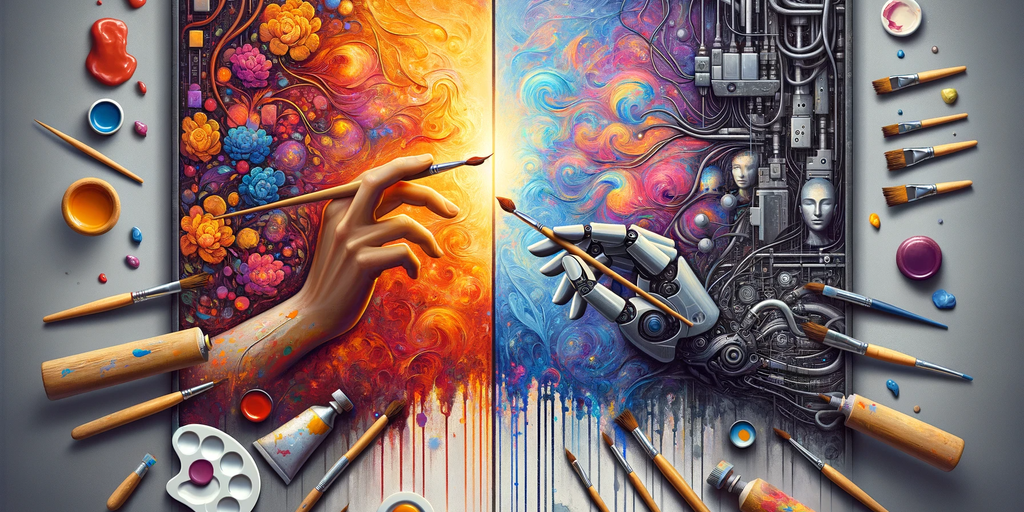
In brief
- The French philosopher argued that authentic art resonates with the human struggle against chaos and uncertainty.
- Recent court rulings have emphasized the importance of human intent in copyrighting AI-generated images.
- Human-defined structures fundamentally limit creativity, experts argue.
Over four decades ago, French philosopher Gilles Deleuze argued that true art is inseparable from the physical and emotional struggle of humans confronting chaos.
Deleuze believed that what makes art possible begins from an artist’s engagement and direct experience with uncertainty, something that an algorithm cannot replicate.
“If someone puts their whole life into painting and into the struggle against the cliché, it’s not a school exercise,” a rough translation of a transcript from his 1981 seminar reads.
What counts “is the act of struggle, to push back the cliché, to make something emerge,” Deleuze clarified in a later written edition.
Today, Deleuze’s warning is more relevant than ever, as mostly clichéd, AI-generated art rapidly fills online platforms. Driven by advanced algorithms, AI tools can create images, music, and even written works with minimal human touch, starting with a simple prompt.
Ongoing controversies surrounding AI have highlighted tensions about AI-generated content.
Last week, YouTube creator MrBeast withdrew an AI-generated thumbnail tool after backlash over artists’ rights. In May, Elton John criticized the U.K. government’s AI copyright proposals as “deeply concerning” for artists.
AI firms like Anthropic, Meta, and OpenAI have faced legal disputes over AI-generated lyrics, training on copyrighted books, and the broader question of whether training AI models constitutes fair use.
Human wisdom, artificial limits
Max Li, founder and CEO of decentralized cloud computing platform OORT, told Decrypt in an interview that AI’s capabilities are fundamentally limited by their human-defined origins.
“What appears to be emergent in AI is still grounded in human-initiated structures,” Li explained, responding to Decrypt’s questions.
Li, whose platform leverages decentralized infrastructure to support AI workloads such as agentic trading models, argues that even advanced models remain limited by the architectures, datasets, and training objectives initially set by humans.
While AI systems “can emulate certain patterns of reasoning or behavior,” they “do not possess this kind of intrinsic cognitive grounding or self-originating understanding,” Li said.
Those behaviors, while “sometimes surprising,” are “ultimately constrained by the knowledge and logic” given by humans, Li added.
Li’s observation resonates with Deleuze, who argued that even in creative chaos, an artist’s physical and emotional struggle with randomness opens up the potential for creativity.
“It is as if the painter were an eye, a hand, a nervous system, who searches, who tries all the combinations in the hope that something will emerge, that something will come,” Deleuze said.
Where Deleuze saw creativity as a high-stakes act of human risk and creation, today’s AI systems recombine what’s already known.
The limit, Li argues, comes with how humanity attempts to expand the scope of what can be “described” or decrypted.
“The more we can describe, the more developed our civilization becomes,” Li.
Even still, “creativity isn’t enough” to meet the changing needs of human expression, Virgilio Rivas, professor of philosophy at the Polytechnic University of the Philippines, told Decrypt.
What humans could do is “push creativity through AI to invent and reinvent human memory,” Rivas said.
Edited by Sebastian Sinclair
Generally Intelligent Newsletter
A weekly AI journey narrated by Gen, a generative AI model.
https://decrypt.co/328369/creativity-chaos-human-touch-ai-age








